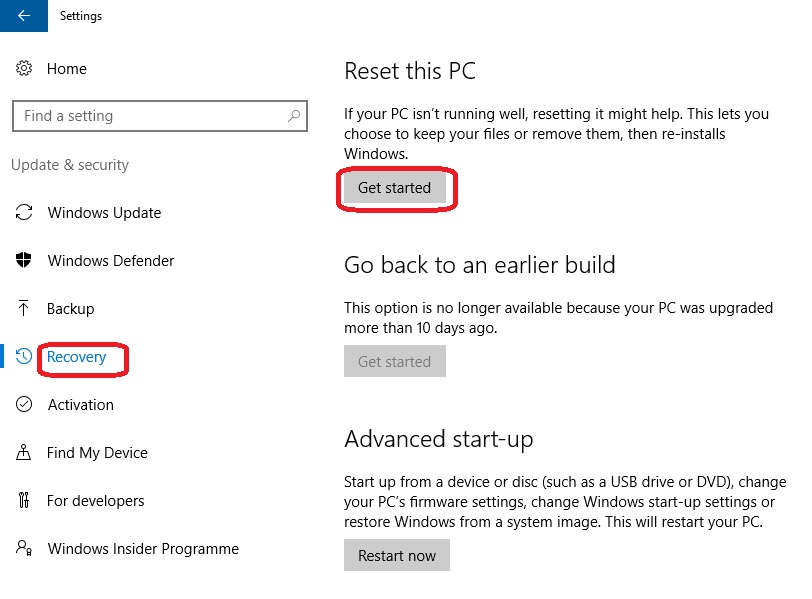In a world saturated with digital interaction, the concept of privacy can often feel like a fleeting notion. Our digital lives, a tapestry woven from social media posts, online purchases, and browsing history, are constantly generating data that, in the wrong hands, can paint a disconcertingly detailed picture of who we are and what we do.
Just as we carefully curate our physical appearance, choosing clothing and accessories that reflect our personalities, so too must we curate our digital presence. This means understanding the power of privacy settings and how they act as the gatekeepers of our online information.
Imagine a beautifully designed apartment, flooded with natural light and decorated with carefully chosen pieces that tell a story. Now, imagine flinging open all the windows and doors, leaving your personal haven vulnerable to the outside world. This is often the reality of our online presence – a space filled with valuable information left exposed due to a lack of awareness about privacy settings.
Resetting your privacy settings to their default state is akin to closing and locking the windows and doors of your digital apartment. It's the first, and arguably most important, step in taking control of your online narrative. This process involves revisiting the privacy options offered by your various online platforms and ensuring they are configured to a level of security that aligns with your personal comfort.
Think of it as spring cleaning for your digital life. Dusting off those forgotten privacy settings, understanding their implications, and adjusting them to reflect your values is not only empowering but essential in today's interconnected world.
Advantages and Disadvantages of Restoring Default Privacy Settings
| Advantages | Disadvantages |
|---|---|
| Enhanced Privacy: Reverting to default settings often provides a baseline level of privacy protection. | Loss of Personalized Settings: You might lose customized privacy preferences, such as who can see your posts or contact you. |
| Reduced Data Collection: Default settings can limit the amount of personal information collected by platforms. | Limited Functionality: Some features or functionalities might become restricted with stricter privacy settings. |
| Peace of Mind: Knowing your data is better protected offers peace of mind and reduces online vulnerability. | Potential Inconvenience: You might need to re-adjust certain settings to regain desired access or features. |
Best Practices for Enhanced Online Privacy
Going beyond the initial reset, here are some best practices to further fortify your digital fortress:
- Regularly Review Settings: Just like fashion trends, privacy policies evolve. Make it a habit to review and update your settings periodically.
- Be Mindful of Permissions: Be cautious about the permissions you grant to apps and websites. Only allow access to information that is absolutely necessary for their function.
- Use Strong Passwords: A strong, unique password for each online account is crucial. Consider a password manager to securely store and manage your passwords.
- Enable Two-Factor Authentication: This adds an extra layer of security, requiring a unique code from your phone in addition to your password.
- Stay Informed: The landscape of digital privacy is constantly changing. Stay updated on the latest news, threats, and best practices.
Frequently Asked Questions
Navigating the world of online privacy can be daunting. Here are some answers to commonly asked questions:
- Q: Why are default privacy settings important?
- Q: How often should I review my privacy settings?
- Q: Can I customize my privacy settings after restoring defaults?
- Q: What is two-factor authentication, and why is it important?
- Q: Are there any resources available to help me stay updated on online privacy?
A: They provide a basic level of protection, often limiting data collection and access to your information.
A: Aim for at least every few months, or whenever you notice significant changes or updates to the platforms you use.
A: Absolutely! Restoring defaults provides a clean slate, allowing you to customize settings according to your preferences.
A: It's an extra layer of security that requires a unique code from your phone in addition to your password, making it significantly harder for unauthorized access.
A: Yes, websites like the Electronic Frontier Foundation (EFF) and Privacy International offer valuable information and resources.
The Importance of Digital Ownership
In a world where our digital footprints are becoming increasingly intertwined with our real-world identities, taking control of our online privacy is no longer a luxury but a necessity. Restoring default privacy settings, while seemingly a small step, is a powerful act of digital ownership. It signifies a conscious decision to curate our online presence, protect our personal information, and navigate the digital world with intention and awareness. Just as we carefully select the garments that clothe our physical bodies, let us choose to safeguard the information that shapes our digital selves, for in the tapestry of the digital age, privacy is the ultimate luxury.
Unlocking business acumen exploring form 5 business objective questions
Lee shin young height in feet how tall is the rising star
Ea fc 24 xbox series s digital experience
restore default privacy settings - Khao Tick On
restore default privacy settings - Khao Tick On
restore default privacy settings - Khao Tick On
restore default privacy settings - Khao Tick On
How To Fix The Color On My Monitor at Brendan Trevino blog - Khao Tick On
restore default privacy settings - Khao Tick On
restore default privacy settings - Khao Tick On
A Disability Rights Champion in the Pacific - Khao Tick On
restore default privacy settings - Khao Tick On
restore default privacy settings - Khao Tick On
Fixed: What to Do if PC is Stuck on BIOS Screen - Khao Tick On
Computer stuck on BIOS Splash Screen - Khao Tick On
Is Likee Safe for Kids? - Khao Tick On
restore default privacy settings - Khao Tick On
restore default privacy settings - Khao Tick On












